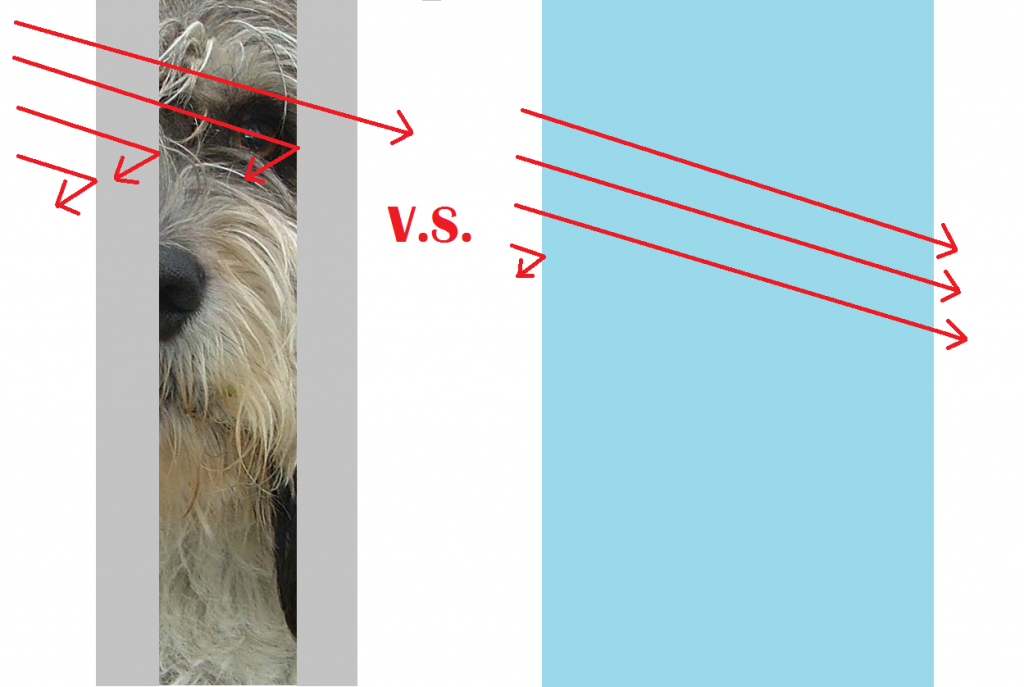
Shared walls? Yikes!
Most of us have been there at some point. Maybe it was at a cheap hotel, a college apartment, or even a past home.
Many of us remember yelling at noisy neighbors. Some of us might have been the neighbor getting yelled at. Either way, attached homes have developed a bad reputation over the years.
Now that you’re back on the house hunt, you’re finding a disproportionate amount of new homes having shared walls. You’ve worked too hard throughout your life to go back to that, right?
Well, things change over time. Some for the better, some not. If you’re skeptical, or considering moving into a townhome, condo, or other attached home that shares a wall with your neighbor, you should read on.
Will I be able to hear my neighbor?
So you’re worried about hearing your neighbor, or maybe even them hearing you.
This is a very valid concern. It’s one of the first questions we receive from folk that visit any of our projects. If you’ve seen our product, you’ll know that we usually build four-plex and du-plex style homes.
Most likely you are moving from a single family detached home. The very thought of touching your neighbor’s house is a little unnerving.
Traditionally, connected homes have been occupied by people who couldn’t afford a detached place of their own. This school of thought is currently being challenged. Among those bucking this preconception is us at Leisure Villas.
We believe in building a home that is not only attached, but is also a step or two above the average. Here, you will find a place that you can both downsize and upgrade to.
Needless to say, it wouldn’t be much of an upgrade if you could hear your neighbor cussing every time they misplaced their TV remote.
To understand why so many people before have reveled in their new home, it’s important to understand how we minimize the sound transfer.
How shared walls are attached.
There are multiple ways that attached walls can be constructed. These can depend on whether you are moving into a condo, a single family attached, or apartment style home. It can also depend on when your home was built.
To dampen the transfer of sound, multiple layers of different material are preferred. To help you visualize this, lets imagine a two types of walls.
Wall 1: A three foot thick wall of water.
Wall 2: A four inch thick wall with sheetrock on two sides and filled with all that dog hair you have on your carpets. (assuming you have dogs)
Which one do you think would stop sound the most?
Obviously, Wall 2 will stop sound better. Don’t believe me, go to a swimming pool with a waterproof radio and see how far the sound will transfer.
It’s not just that water is a great conductor of sound—any single element of solid mass will conduct sound. Have you ever placed a string between two paper cups and talked to your neighbor through the taught fibers?
The real reason that Wall 2 is better, is because you are passing the sound through multiple layers of varying densities. Each new layer that the sound hits will decrease the sound transfer. See Diagrams:
Assume that the red lines are sound waves.

Now take a look at how our walls are built:

Not only do we have many more layers of varied density for the sound to pass through, but like the dog fur, the insulation is going to provide many more fibers and air gaps on its own. The diagram above oversimplifies this just a little.
These walls are much better at keeping sound out now than they used to be. Even still, many modern day condos and apartments aren’t engineered as well as this. This means that very little sound will ever make it through the walls.
Lest I forget to mention, these shared walls make up only a bare minimum of the interior attached walls that you have to worry about. Unlike most townhomes, the majority of our adjoining walls are placed in the garages.
Also, there are some other things to consider when thinking about attached homes.
Sound isn’t the only thing to consider. One concern might be fire.
But really, it shouldn’t be anything to worry about.
Notice in the diagram above that we have a double thick firewall. This not only separates the homes, but we also place a special fireproof plywood that umbrellas out four feet in every direction to prevent a fire from jumping across walls.
The most important thing to consider is: How much more will your quality of life will improve with a living circumstance like this? On one side of the coin, you’d be living closer to your neighbors. On the other, you’d be living closer to your neighbors.
Yes, I know what I said. But think about it. We’re not talking about being closer to a bunch of annoying youth, we’re talking about being closer to people you’d like to pass a friendly hello to.
When you move to a community like this, you’re coming to enjoy a better lifestyle. You’re coming to have fun. Like it’s opposite, fun also loves company.
Hopefully, we’ve alleviated some of the horror associated with shared walls.
Just because your wall touches someone else’s wall, it doesn’t mean you’re downgrading. In truth, at least with us, you’re usually upgrading to the last home you’ll ever want to own.
Not only is the construction top notch, but we provide full time decorators to assist you when customizing your home to your tastes.
Did we mention the lifestyle? I think so, but to reiterate, we have a community full of people just like you, with a clubhouse full of the amenities you prefer. We only build active adult communities, communities designed for people 55 and older that are fun and social.
These are attached homes, and you’re going to be attached too, from the moment you visit. Give us a visit today, and see why you deserve to live in one of our active senior communities.
Call Us: 801-653-1291